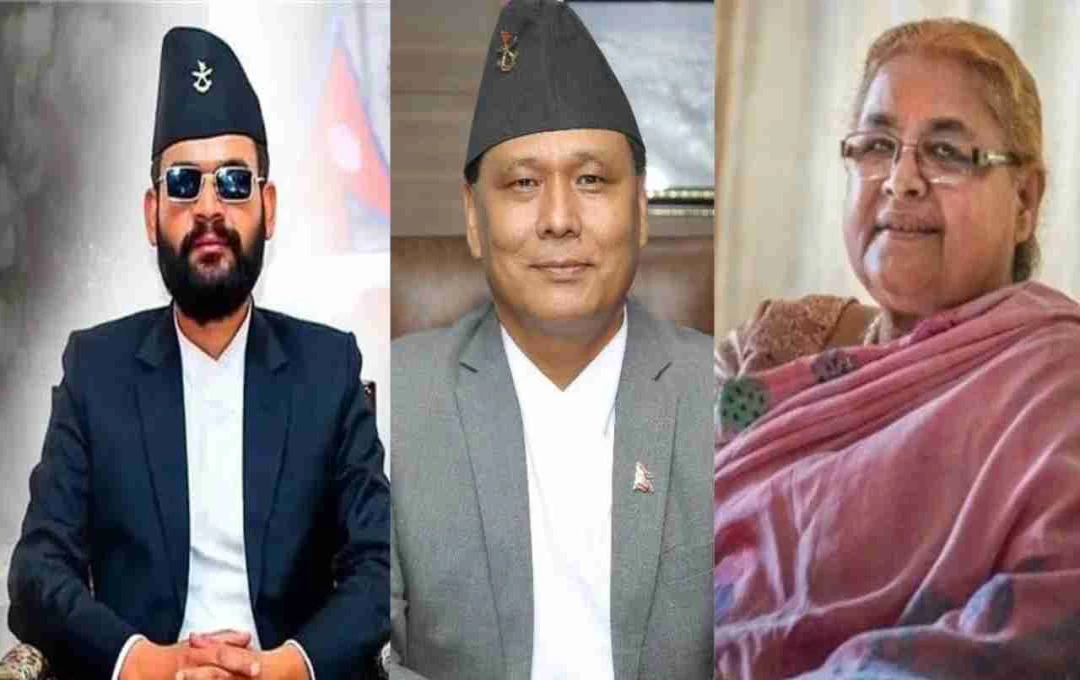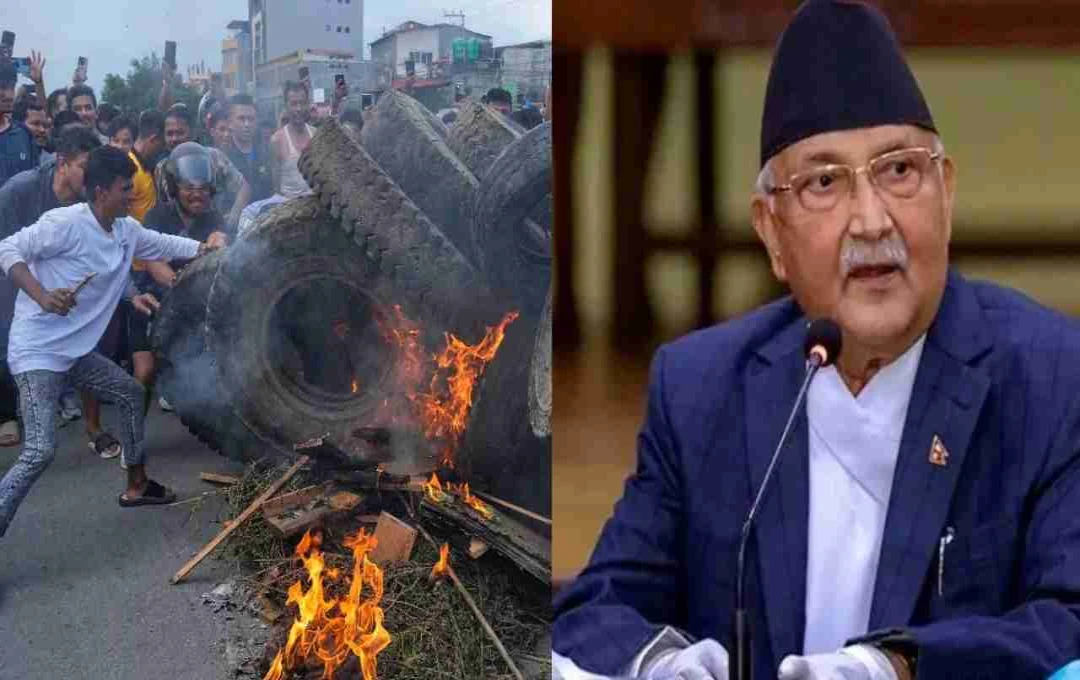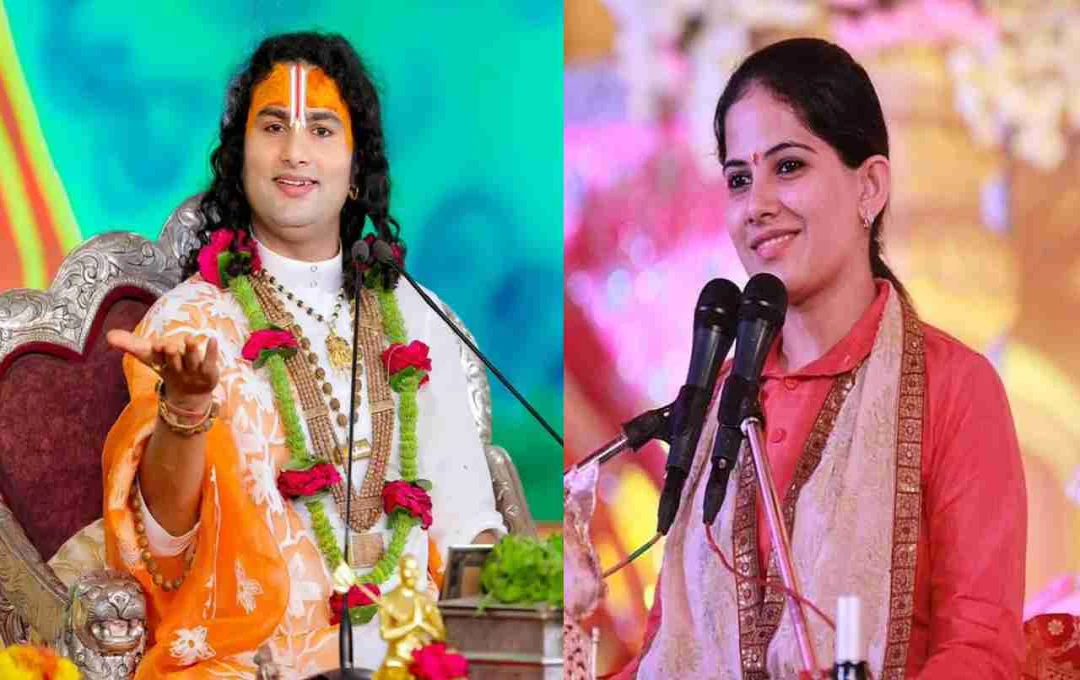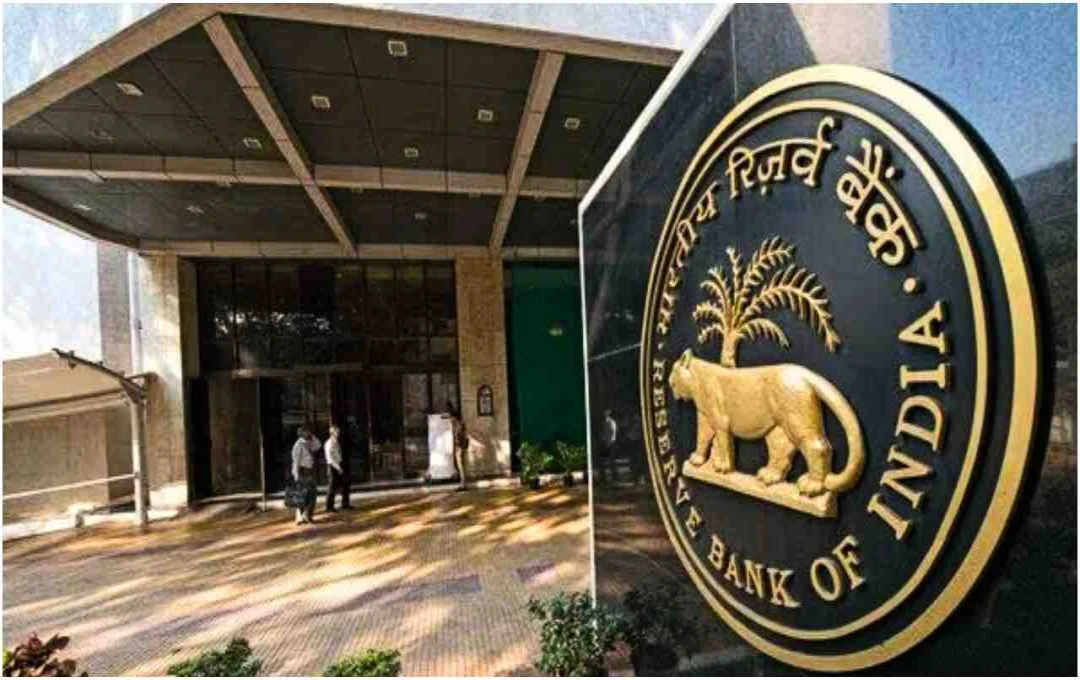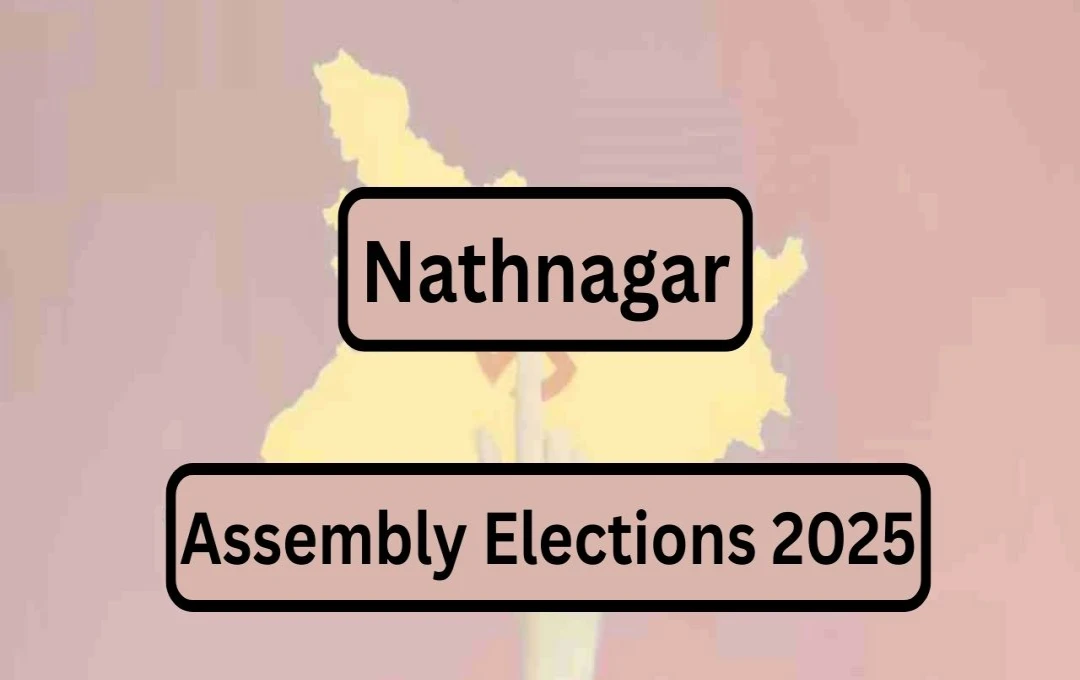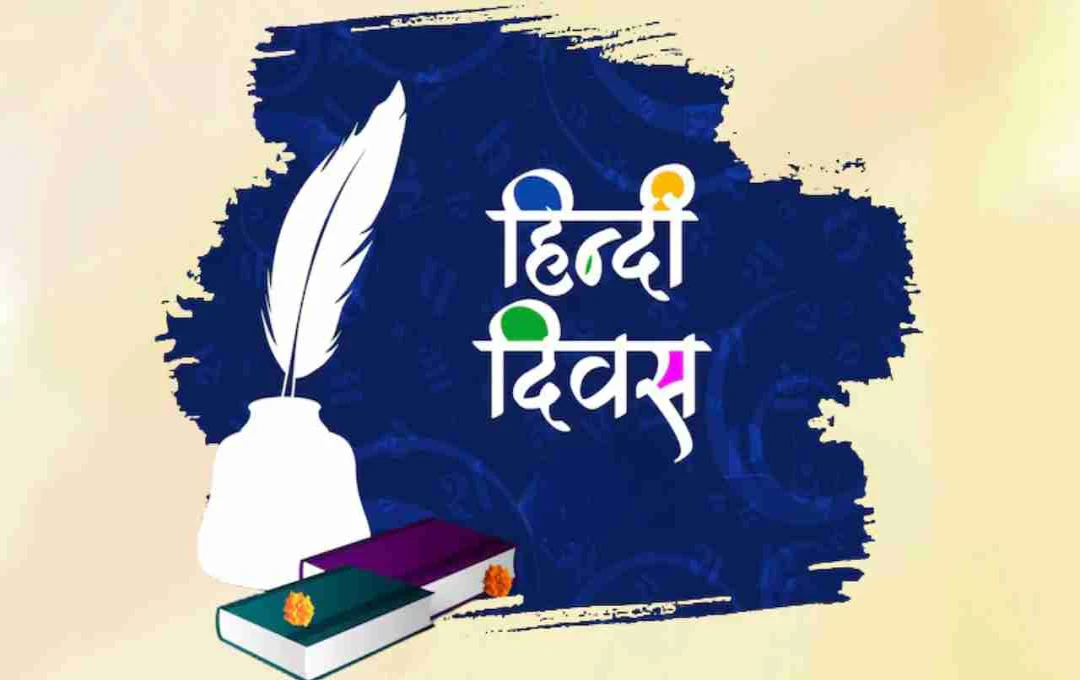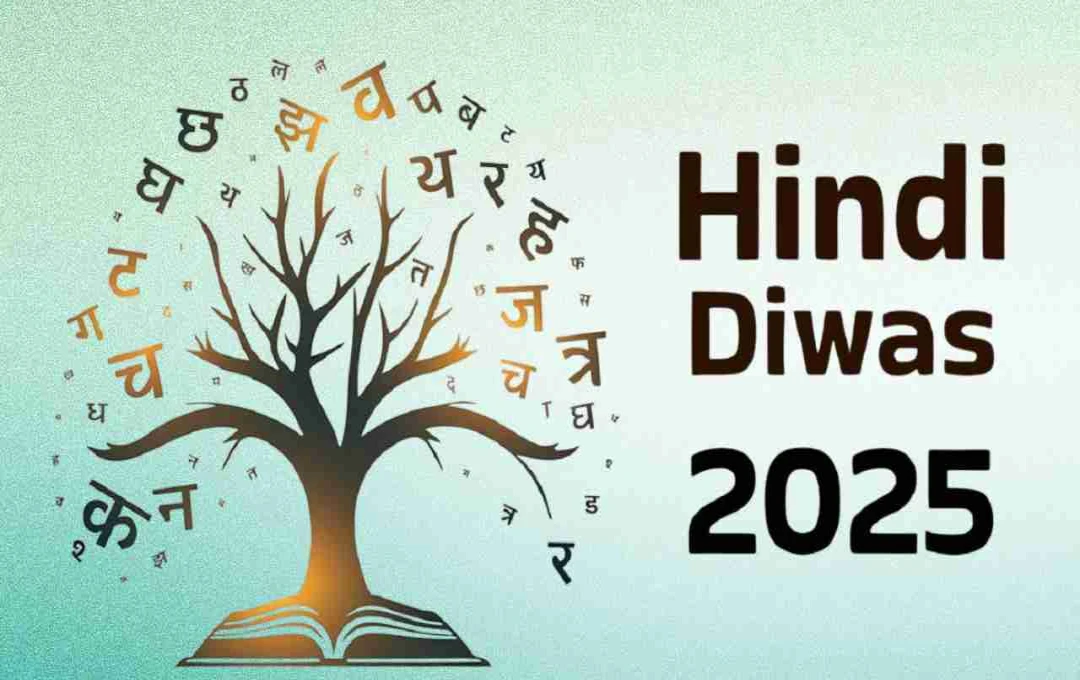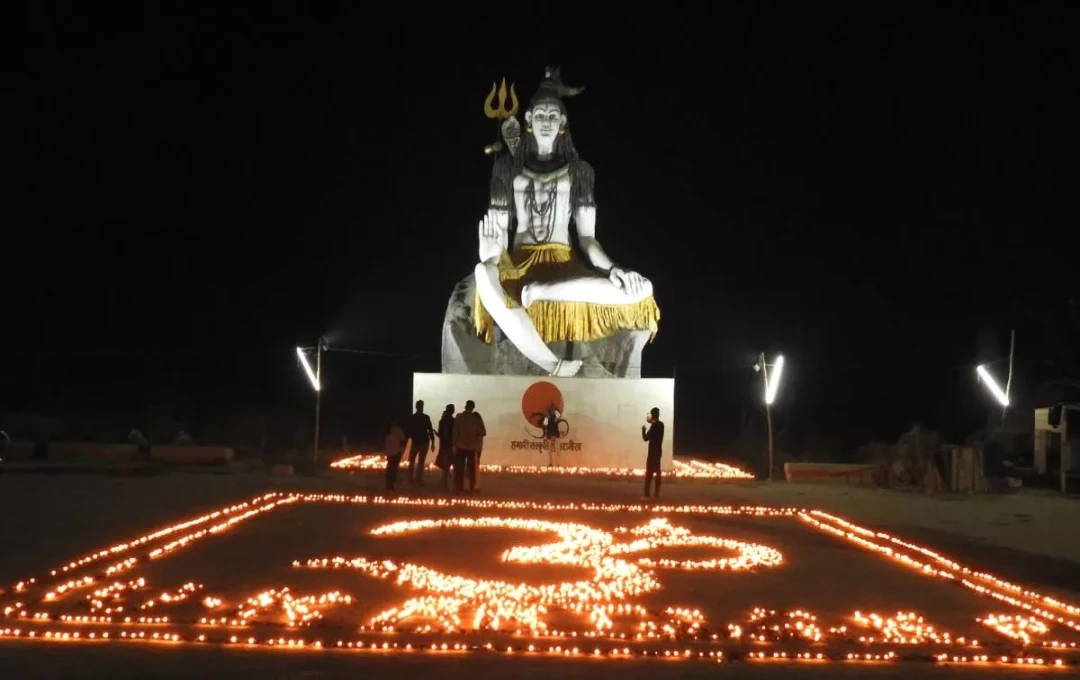In Nepal, Army Chief General Ashok Raj Sigdel maintained peace during a time of crisis. The history of the Nepali Army is intertwined with the Gorkha heritage and its close military ties with India.
Nepal: The political crisis in Nepal is continuously deepening. The Nepali Army has taken charge of the situation following the resignation of Prime Minister K.P. Sharma Oli. Currently, the Chief of the Nepali Army, General Ashok Raj Sigdel, can play a crucial role in establishing peace during this period of crisis. Under his leadership, there are hopes that Nepal will move towards political stability.
General Ashok Raj Sigdel has deep connections with India. He completed a Defence Management course in India and was conferred with the honorary rank of General of the Indian Army by President Droupadi Murmu in 2024. This honour is a symbol of the historic military relations between India and Nepal and reflects a tradition that has been ongoing between the two countries for seven decades.
The Nepali Army's Role in Political Stability
Nepal is currently facing its most severe political crisis to date. Following the resignation of Prime Minister K.P. Sharma Oli, the army has taken command. At this time, it has become the army's responsibility to maintain a balance between the public and the government. According to sources, it was General Sigdel who advised the PM to resign during the Gen-Z protests, to prevent violence and loss of life.
His role is not just administrative but also crucial in ensuring political stability. His role is also considered important in the formation of the new government. The strategy and leadership of the Nepali Army are proving decisive in maintaining peace and security in the country at this time.
History of India-Nepal Military Relations
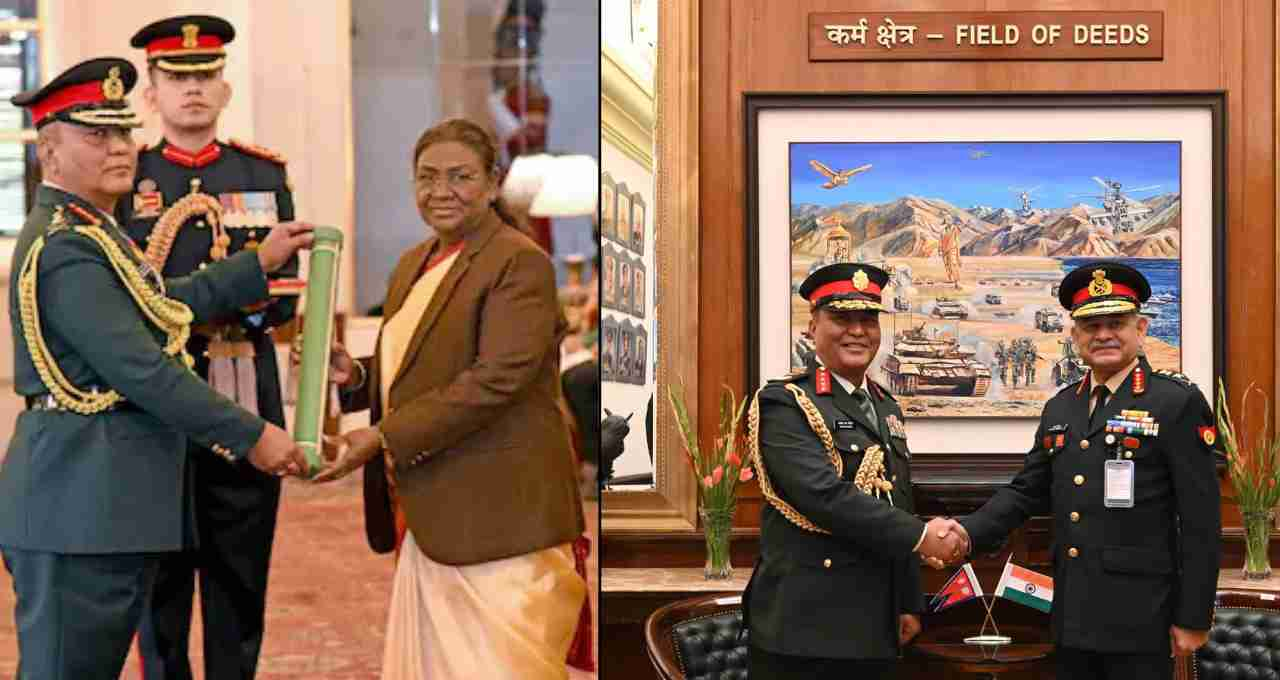
India and Nepal share deep and historic military ties. This relationship is not just a symbol of cooperation but also of shared respect. The army chiefs of both countries are honoured with honorary ranks. This tradition began in 1950 during the tenure of Indian Army Chief K.M. Cariappa. This tradition has continued for seven decades.
Last year, President Droupadi Murmu conferred the honorary rank of General of the Indian Army upon Nepali Army Chief General Ashok Raj Sigdel. This honour is a symbol of military cooperation and mutual trust between the two countries.
The Glorious History of the Nepali Army
The history of the Nepali Army dates back to the 1700s. At that time, Nepal was divided into several principalities, and the British East India Company was expanding across the Indian subcontinent. Nepal was also under threat. The King of the Gorkha principality, Prithvi Narayan Shah, decided to unify Nepal. Despite his limited resources, he formed an organized and b army.
This campaign, which began in 1740, laid the foundation for modern Nepal. The bravery and organizational skills of the Gorkhali soldiers made them internationally renowned. Their skilled strategy and valor in battle also impressed the British East India Company. Due to the Gorkha soldiers, the British army began to include them in their recruitment. In this way, the name 'Gorkha' created a global identity for the Nepali Army.
Independence of the Nepali Army
There is often a misconception among people that the Nepali Army is part of the British or Indian Army. This is incorrect. The Nepali Army is the national army of a sovereign and independent Nepal. Its history has been continuous and unbroken since 1744. Nepal has never been under any colonial power. This independence is one of the greatest achievements of the Nepali Army.
The army formed by King Prithvi Narayan Shah in difficult circumstances had the objective not only of military strength but also of ensuring national unity and independence. The bravery and simplicity of the Gorkha soldiers are still a symbol of pride in Nepal.
Symbol of the Nepali Army
The flag of the Nepali Army bears the Trident and Damaru of Lord Shiva. This symbol is not only religious but also represents the army's strength and determination. Along with Nepal's Hindu traditions, these military symbols are culturally and historically linked to India. This military symbol signifies the identity and pride of the Nepali Army.
The symbol of the Trident and Damaru indicates that the Nepali Army is not only proficient in warfare but also believes in upholding ethics, honour, and cultural heritage.
Shared Military Tradition of India and Nepal
The shared military tradition between India and Nepal is over seven decades old. The practice of training, respect, and exchange between the armies of both countries continues to this day. This relationship strengthens trust and cooperation between the two countries.
This close bond between the Nepali Army and the Indian Army is not limited to military cooperation. It also includes human resources, training programs, warfare, and leadership development. This partnership provides strategic and technical advantages to the armies of both countries.



